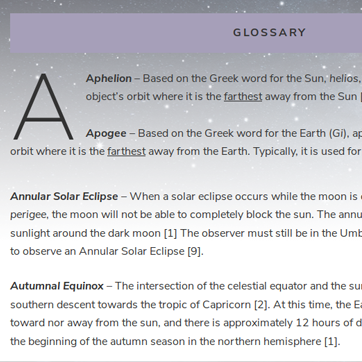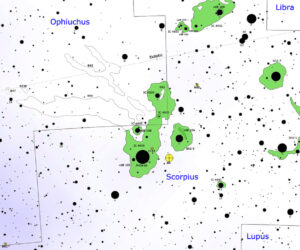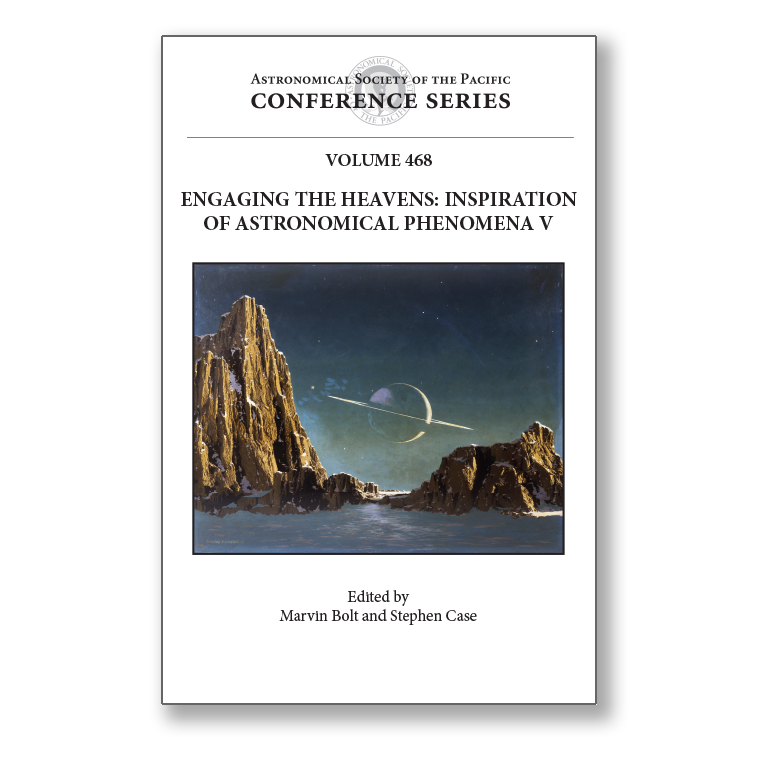

In 1609, using this early version of the telescope, Galileo became the first person to record observations of the sky made with the help of a telescope. If Galileo were around today, he would surely be amazed at NASA's exploration of our solar system and beyond.Īfter learning of the newly invented "spyglass," a device that made far objects appear closer, Galileo soon figured out how it worked and built his own, improved version. Galileo sparked the birth of modern astronomy with his observations of the Moon, phases of Venus, moons around Jupiter, sunspots, and the news that seemingly countless individual stars make up the Milky Way Galaxy. Students that calculate model outcomes by simulating or solving the relevant physical laws are engaged in this area.Born in 1564, Italian astronomer Galileo Galilei's observations of our solar system and the Milky Way have revolutionized our understanding of our place in the Universe. Theoretical Astrophysics - The mathematical modeling of natural phenomena in Astronomy and Astrophysics.Many enrolled students in the field are engaged in this area. Students involved with space missions and the exploration of the Solar system work in this area. Space Sciences (General) - Scientific disciplines involving space exploration and phenomena taking place in space.Students that analyze data from space missions are engaged in this area. Planetary Sciences - Quantitative science of Solar System and bodies in orbit about other stars including moons, rings, asteroids and comets.

It includes laboratory studies to develop ground, air-borne and space-based instruments.

Instrumentation - The design and construction of instruments to measure and record physical properties (in Astronomy and Space Sciences).The notion of planet includes not only the solid part but also the atmosphere. Students study the origin, evolution and observational properties of planets and host stars beyond the Solar System. Exoplanets - Study of planetary systems outside the Solar System.Data Science - The subfield concerned with the development of algorithms, computing methods, statistical techniques for the purpose of exploring data sets (relevant to Astronomy and Space Sciences).The field also probes questions of fundamental physics via astronomical/astrophysical studies. Students that study the history and development of large scale features of the Universe like groups and clusters of galaxies and the cosmic microwave background are engaged in this area. Cosmology - The description of the Universe on large scales.Astrostatistics - The subfield concerned with the analysis of data (relevant to Astronomy and Space Sciences) by the methods of statistics, data mining and machine learning.Students that engage in substantial quantitative research in Astronomy generally work in this area. Astrophysics - The application of physics and related sciences to explain natural phenomena in the general field of Astronomy.It comprises both observational and theoretical studies of the possibilities for life in the Universe. Astrobiology - The subfield concerned with the origin, evolution, distribution and future of life in the Universe.Most of the enrolled students in the field work in this overarching area. Astronomy - The general field of natural science concerned with celestial objects including Solar System, Galactic and Extragalactic objects.Members of the staff are particularly interested in directing graduate research in the following subjects:
#NAMES OF ASTRONOMICAL PHENOMENA PROFESSIONAL#
Office of Career and Professional DevelopmentĪstronomy and Space Sciences Field Description.Office of Inclusion and Student Engagement.



 0 kommentar(er)
0 kommentar(er)
